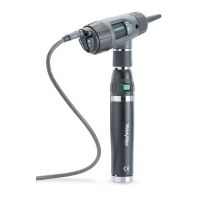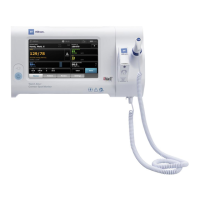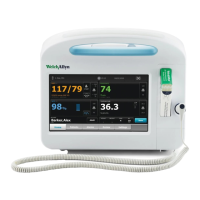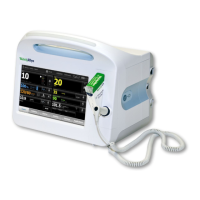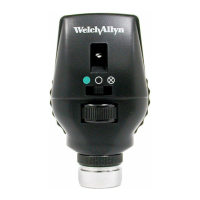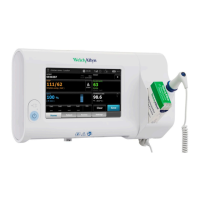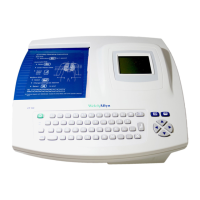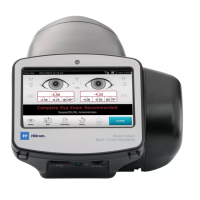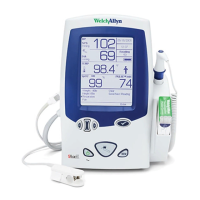Appendix B
Guidelines for Screening for Hearing
Impairments and Middle Ear Disorders
In a non-medical setting, tympanometry can be useful in determining the
need for a medical referral. However, abnormal tympanometric results occur
not only in patients with ear disease that requires medical attention, but also
in subjects with transient conditions that resolve without medical intervention
and in ears that have residual effects of previously-controlled disease. Conse-
quently, it is unwise to base the decision of a medical referral on tympanometric
results alone. Screening protocols that have based medical referrals on tym-
panometric results alone have resulted in an excessively high over-referral
rate (Margolis and Heller, 1987).
Portions of the recommended screening protocol, published by the American
Speech-Language-Hearing Association (ASHA) in 1990, for determining the
need for medical referral are reproduced on pages B-40 to B-42. The guide-
lines are represented in a flow chart in Figure 34.
B-39
Appendix B

